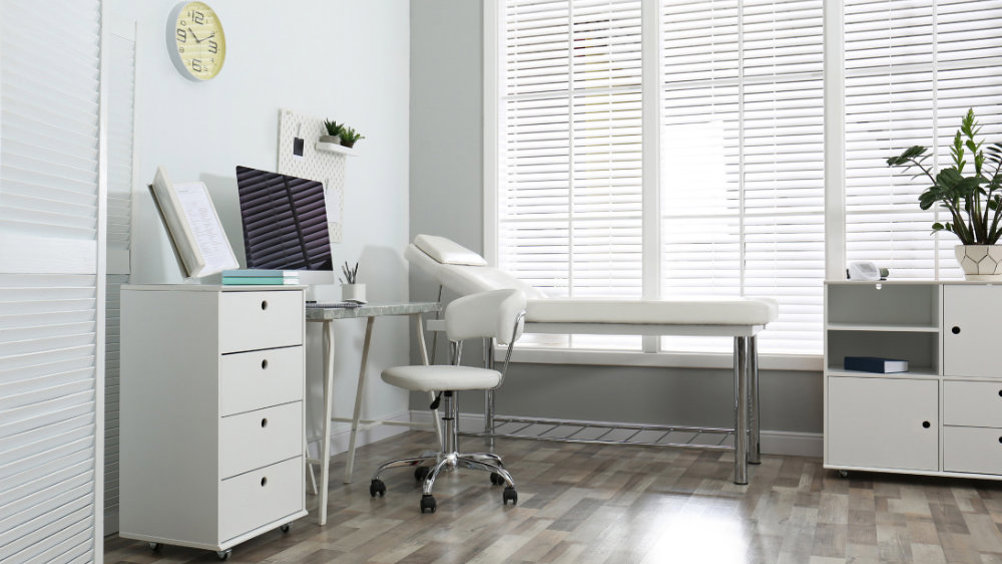References
Premises standards

Abstract
Lisa Mason-Poyner and Sally Taber explain the Joint Council for Cosmetic Practitioners’ (JCCP) review of premises standards in relation to how they might inform the new proposed the national licensing scheme, which will be introduced as part of the new Health and Care Act (2022) that has recently received royal assent
The new aesthetic licensing clause included in the Health and Care Act will give the secretary of state power to introduce a licensing regime for aesthetic non-surgical cosmetic procedures and will make it an offence for someone to practise without a licence or to work from unlicensed premises. The list of procedures, detailed conditions and practitioner education and training requirements to be included in the scope of the licence will be set out in regulations after national consultation with relevant stakeholders. It is anticipated that a requirement of the licensing scheme will be to introduce consistent standards that individuals carrying out certain non-surgical cosmetic procedures will have to meet, such as hygiene and safety standards for premises.
Currently, the JCCP premises standards require registrants of the JCCP to self-certify through the use of self-audit, where practitioners deliver non-surgical treatments and/or provide an education/training environment. The authors are currently reviewing existing premises standards that are in place, alongside the Chartered Institute of Environmental Health (CIEH) advising the JCCP on recommended changes required in preparation for the new licence. The purpose of the review is to ensure that the standards comply with any new laws and regulations, reflect best practice and act as a guide to the policymakers for the new national licensing scheme.
Register now to continue reading
Thank you for visiting Journal of Aesthetic Nurses and reading some of our peer-reviewed resources for aesthetic nurses. To read more, please register today. You’ll enjoy the following great benefits:
What's included
-
Limited access to clinical or professional articles
-
New content and clinical newsletter updates each month


